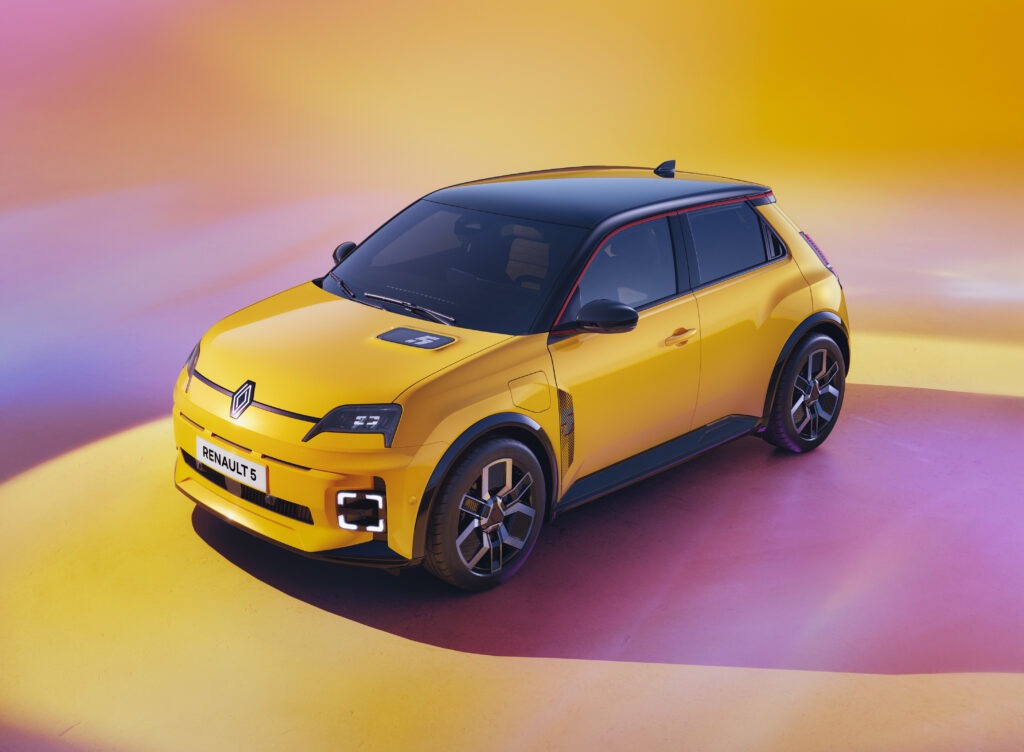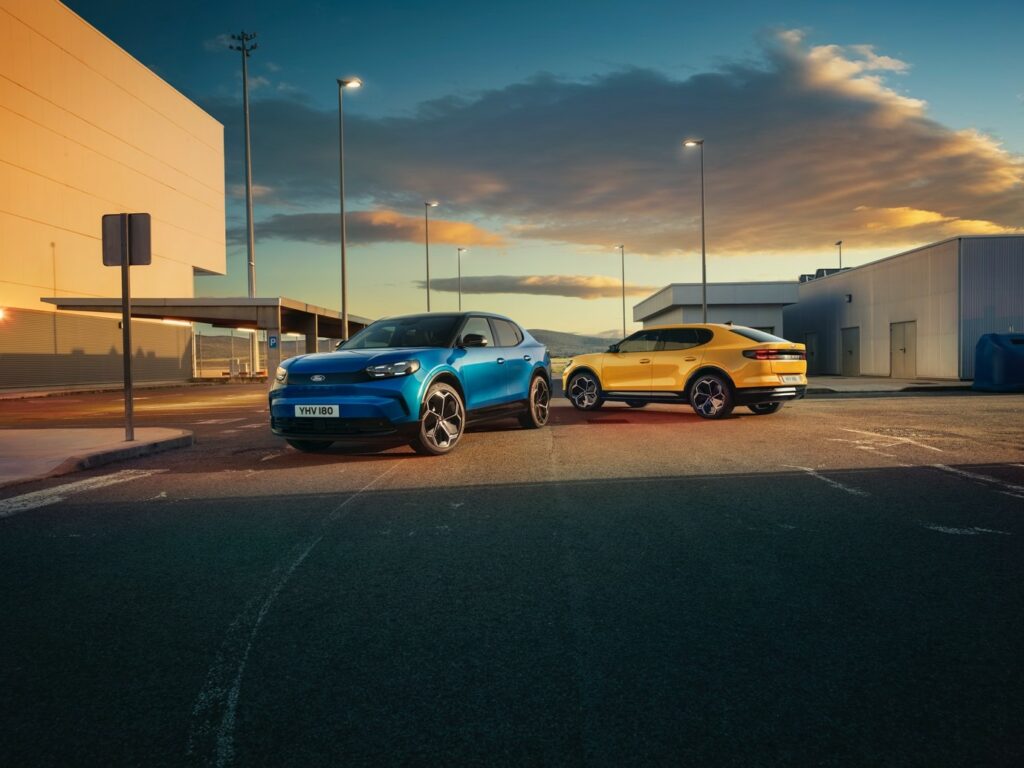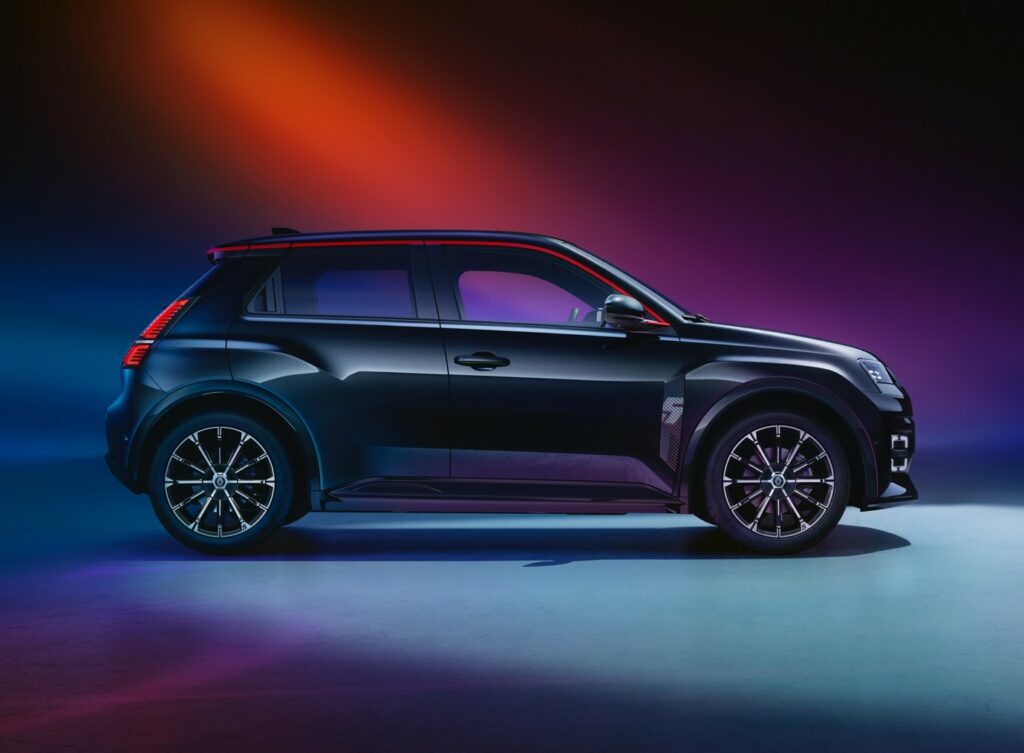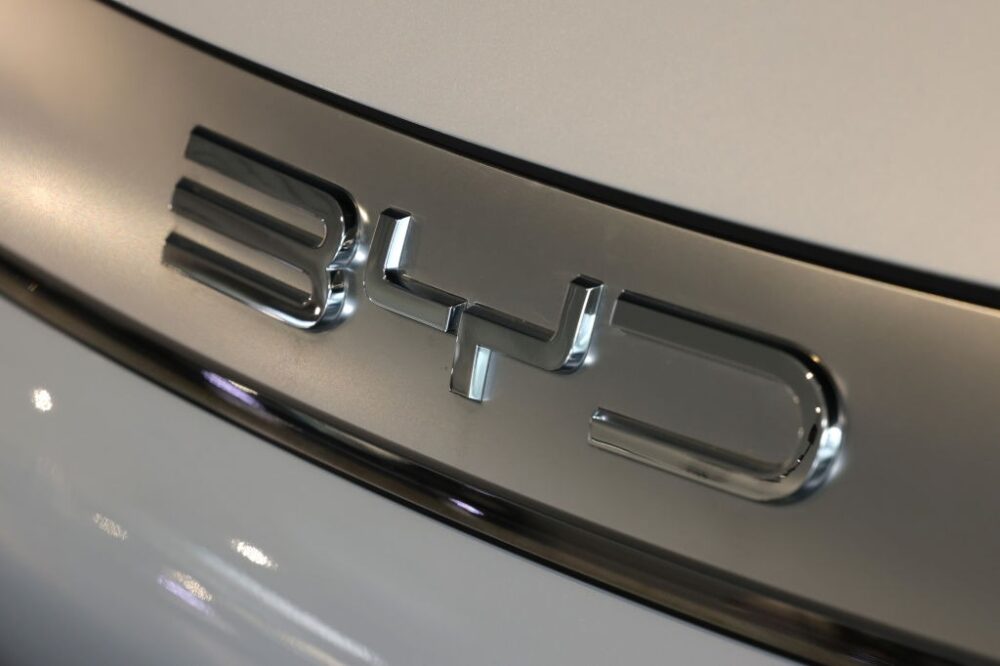Can retro model names boost BEV sales?
01 November 2024

Carmakers are finding retro ways of inspiring consumers to buy battery-electric vehicles (BEVs) as the market endures a challenging period. Autovista24 special content editor, Phil Curry, explores the use of classic model names.
Despite Europe’s slowing BEV sales, the recent Paris Motor Show highlighted that carmakers are still committed to the technology. There were several new launches across the various stands, but two brands in particular focused on emotional and historic connections with their latest models.
So far in 2024, BEV registrations have fallen by 2.6% in Europe. This follows the cancellation of incentives, as well as other market conditions working against the technology. Yet with new EU CO2 emission targets for 2025, together with tighter targets in the UK’s zero-emission vehicle mandate for next year, carmakers must sell more models.
Some are looking to inspire customers with new and bold designs, such as the Citroën e-C3 and C5 Aircross Concept. Others have developed new sub-brands, such as Volkswagen (VW) with its ID. series. Yet some manufacturers are looking back to the past for emotional inspiration when it comes to attracting customers.
Evoking emotion
Two carmakers in Paris reverted to classic names with their latest BEV models, utilising emotional connections to draw customers in.
Both Renault and Ford have leaned on their heritage when it comes to naming their new all-electric vehicles. In Paris, it was the turn of the Renault 4 to break cover. This followed the debut of the Renault 5 at the Geneva International Motor Show (GIMS) earlier this year.

The unveiling of the Renault 4 took some by surprise, as the original concept model was a lot bigger. However, the carmaker has given the vehicle similar proportions to the original, with a modern take on the classic styling. Retro features such as the rear lights and sculptured door sills all follow in the footsteps of the 1960s model.
This is a similar path the carmaker took with the Renault 5. When it was introduced at GIMS, Renault had an original model on their stand. This made it easy to see how the new version evolved from the original. While the model had a similar shape and sizing, its design had been tweaked to fit the modern motoring age.
‘These two cars are like icons, the Renault 5, and the Renault 4. We are getting the opportunity to bring these cars, with their DNA, to our EV line up to make people feel the fun, and to try and improve the sales of EVs,’ Jorge Da-Cruz-Martins, Renault 4 chief vehicle engineer, told Autovista24 at the Paris Motor Show.
‘The two cars are fun to drive, they share the same platform, but the Renault 4 is bigger. It has two faces, one for city use, the other for countryside driving, and that is the DNA of the model,’ he added.
Finding retro appeal
Fabrice Cambolive, CEO of the Renault brand, also highlighted the appeal of an emotional connection in the Renault 4 press conference.
‘As with our Renault 5, we wanted to appeal to those who remember and drove the original Renault 4 as well as resonate with younger generations. Its silhouette is instantly recognisable, from the distinctive front-end design to the rear, where it slopes almost to the ground,’ he stated.

The shaping and styling of the Renault 4 and the Renault 5 created a central talking point at the show. Much discussion linked the new models back to the past, while recognising the modern design choices. For example, Cambolive highlighted the ‘emblematic’ mask at the front of the Renault 4. This has now been reinterpreted with ‘a luminous control that houses matrix LED headlamps.’
The carmaker has kept the trapezoid rear quarter window that was a design feature on the retro model. Cambolive also compared the car’s lines to the original Renault 4, in what was a very emotive presentation.
Capri in the sun
The Ford Capri made its European debut in Paris, following its unveiling at the Goodwood Festival of Speed. Here was another presentation packed with emotional and nostalgic connections.
‘We wanted to capture the soul of the Capri, its rebellious heart, and wrap it in a modern, sustainable package,’ stated Amko Leenarts, director of design, Ford Europe at the launch.
Former footballer and Capri ambassador, Eric Cantona, took the covers off the new model. ‘It is magnificent, a bold reimagining of a classic,’ he said. ‘The lines are pure poetry. A symphony of steel and glass. And electric, now that is the future roaring to life.’

Leenarts also hinted that the carmaker may use other classic names for its upcoming BEVs to evoke further emotional connections. Ford is already using the Mustang name on its first mass-produced BEV, the Mach-E. While the Explorer is also a well-known name for the manufacturer.
‘When we decided to develop a sports coupé SUV that would inject soul into the world of EVs, there was only one name that could live up to that mission,’ Volker Eis, manager of corporate communications at Ford told Autovista24. ‘We have taken the icon that brought rebellious American spirit to a generation of drivers and rewired it for the electric age.’
More than a retro name?
Returning to a retro name for new vehicles is not a novel concept. Carmakers have reinvented models of old before to boost sales. Some, such as the Fiat 500, went on to enjoy success. Meanwhile others, like the VW Beetle, slowly disappeared from the market.
‘If you take the 500, for example, this is the car that is working best for Fiat,’ commented Ludovic Percier, senior residual value analyst at Autovista France. ‘It is an example of carmakers trying to put into the mind of a customer that if the car was good in the past, it will be today.

‘People were amazed by the Renault 5 at the Paris Motor Show. You need to have a usable car, that is not going too far away from the design of the classic model as well. This may be a problem for the Renault 4, which is not as close to its predecessor design-wise.
‘These cars need to have good price positioning, but even if this is higher than the competition, as long as the design works well, people will buy it,’ Percier stated
Near or far?
While Renault has kept as close as possible to the design of the original vehicle, Ford has taken a different path.
Its Mustang Mach-E is a sporty SUV with slight Mustang accents in its design, rather than a powerful-looking muscle car. Now, its new Capri has drawn attention with a design that is far removed from the classic coupé of the ‘60s, ‘70s and ‘80s.
‘I think when it comes to using classic names on new BEVs, it all depends on the name they decide to use and the type of vehicle they are putting the name on,’ added Andy Cutler, valuation editor at Glass’s.
‘For example, the Renault 5 is obviously iconic, and the new car does bear some resemblance to the original. The Capri is also iconic, but the new vehicle is nothing like the icon.
‘The other thing is that many of the cars are only iconic to the people who knew the original vehicles. In many examples, anyone under the age of around 30 might not remember the original so it does not make any difference,’ he added.

For Ford, the discussion around the Capri name is providing plenty of publicity for its new model. The carmaker continues to highlight that the legacy of the name goes beyond the model’s design.
‘The all-electric Capri is an electric vehicle (EV) with more heritage than any other family EV, and it is that heritage that allows Capri to roll with justified swagger and live up to its promise of being a true sports car for the family,’ added Eis. ‘I promise you that we would not put the Capri name on anything that did not truly live up to its legacy.’




